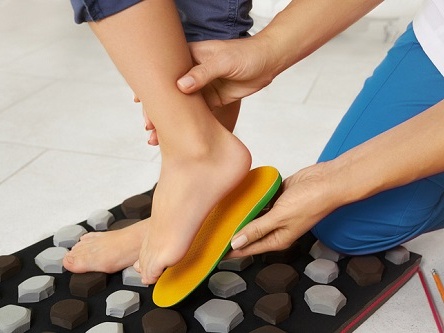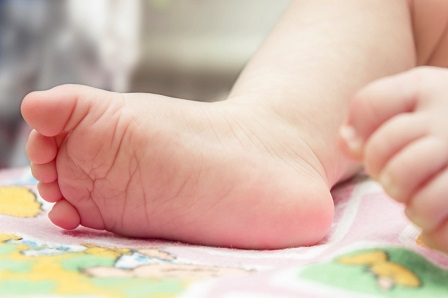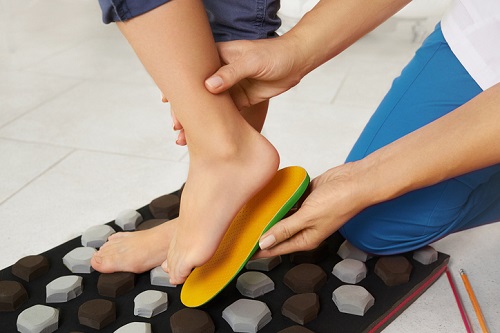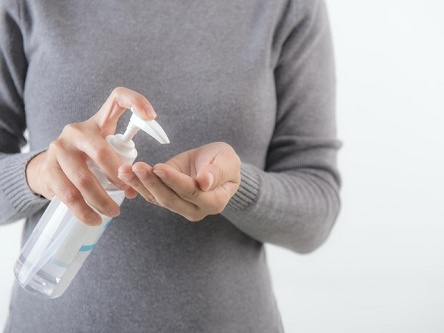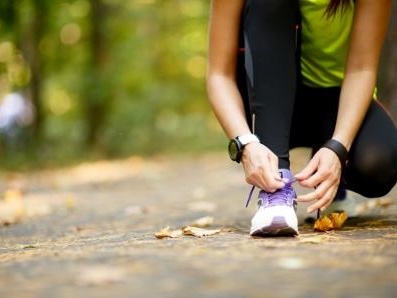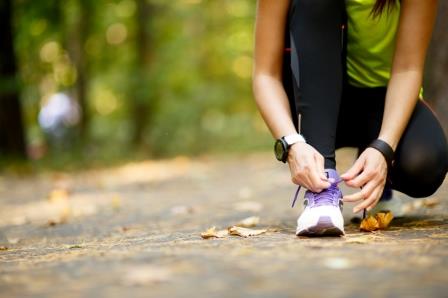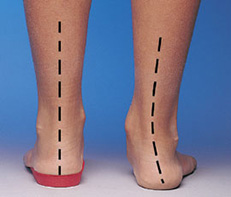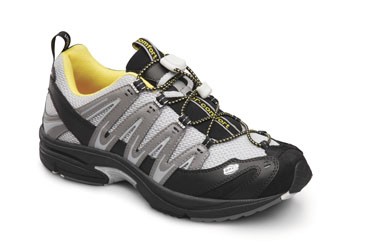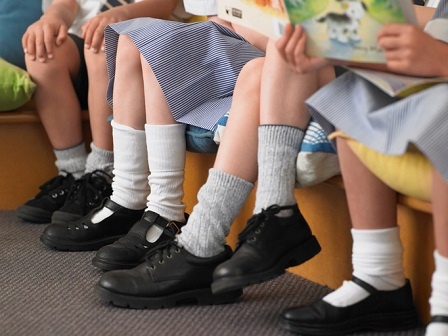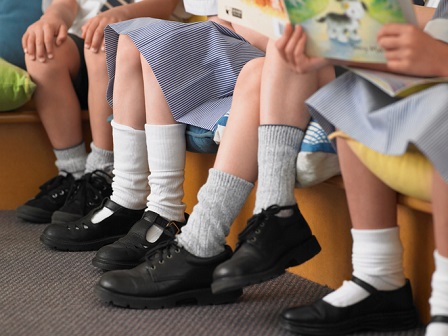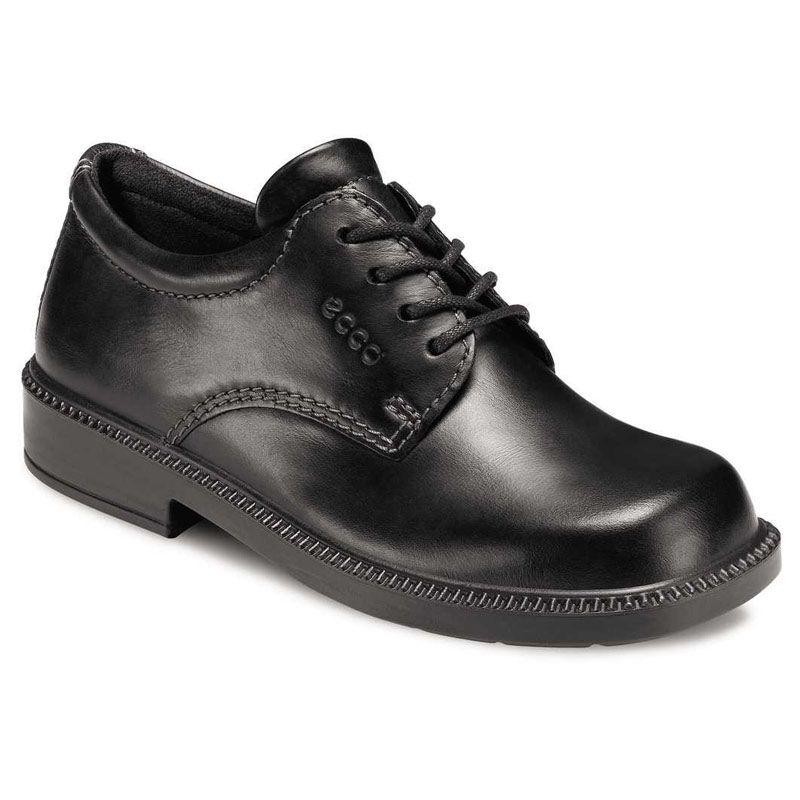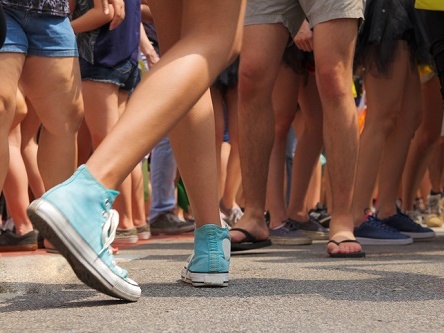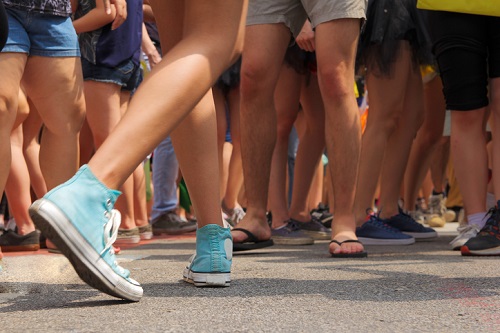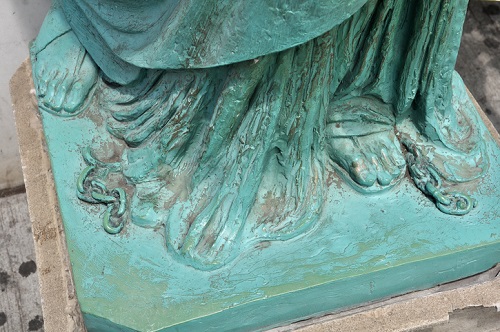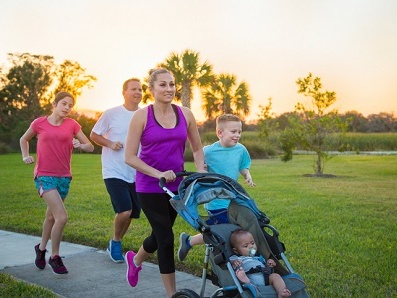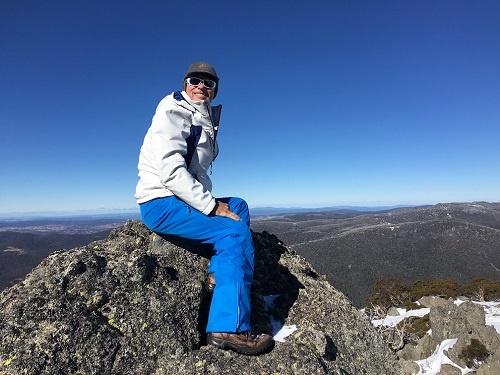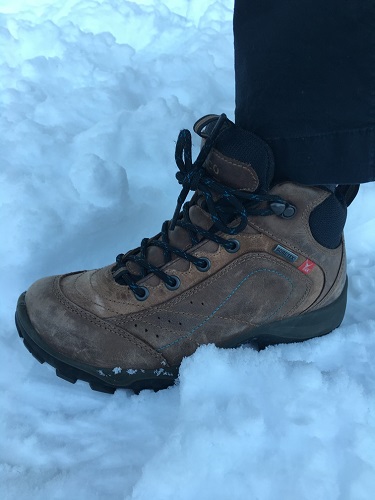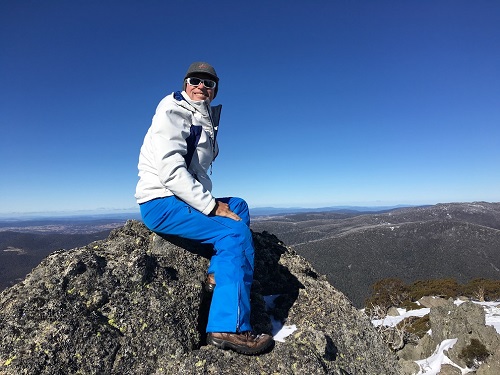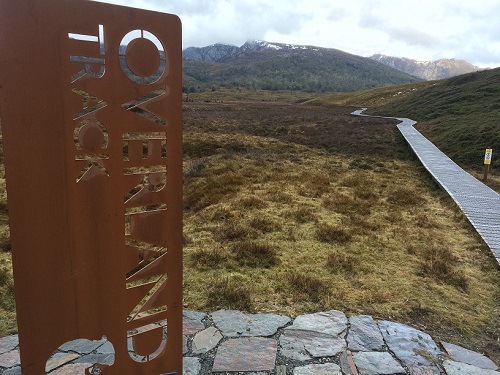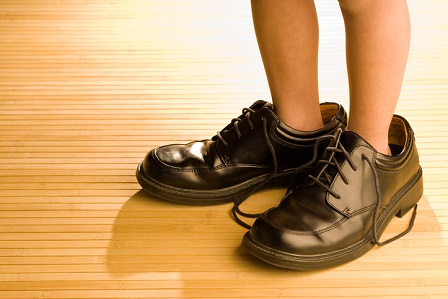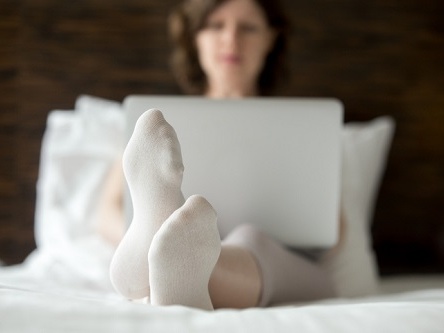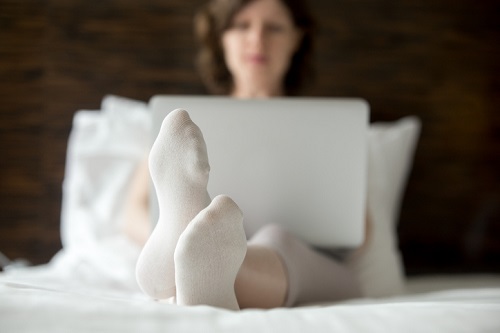After more than 20 years as a podiatrist, I’ve seen many sad, neglected and abused feet – so here are my top 10 foot health tips – your essential guide to basic foot care!
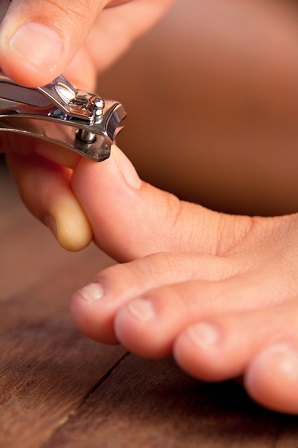
Why am I providing these Foot Health Tips?
As a podiatrist and foot care professional, I know that these basic foot care tips are the best recipe for happy feet … and ankles … and knees … and legs … and hips … and back … and so on!
Perhaps you remember the old song:
Your foot bone’s connected to your ankle bone;
your ankle bone’s connected to your knee bone;
your knee bone’s connected to your thigh bone;
your thigh bone’s connected to your hip bone … etc
In fact, your feet aren’t just connected, they bear the weight of the rest of your body.
This is why foot problems can impact areas further up the skeletal and muscular system, such as your knees, hips, back, etc. If your feet are sore, your body will compensate and place undue strain on other areas.
Sad, neglected and abused feet may contribute to unnecessary pain and suffering, so here are my top ten tips to promote foot health and hygiene, for all the family!
10 Basic Foot Care Tips
1 – Wash your feet every day with soapy warm water.
You don’t have to soak them; just give them a couple of minutes’ wash. Make sure you dry well between the toes to prevent infection, which is particularly important with our Brisbane climate. With all that heat and humidity, moisture trapped between the toes provides the perfect breeding ground for bacteria and infection.
2 – Cut your toe nails straight across.
Don’t go down at the edges, or you run the risk of ingrown toenails.
3 – Moisturise your feet regularly.
I recommend using a good quality cream such as sorbolene with Vitamin E. Tea tree oil is also great, as it has anti-fungal as well as moisturising properties.
4 – Remove dry dead skin.
Tackle rough and cracked heels, calluses, or any other patches of dry dead skin, with a pumice stone or similar.
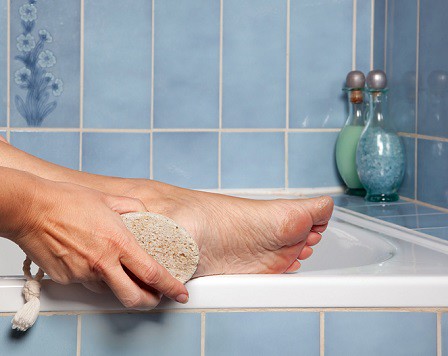
5 – Limit wearing of high heels where possible.
If you wear heels to work every day, at least take a good pair of running shoes and change into them for the walk to and from the bus or train, or if you are stepping out at lunch time.
6 – Shop for shoes in the afternoon.
Our feet swell throughout the day, so what seems a perfect fit first thing in the morning will likely pinch your feet by nightfall. By trying on shoes in the afternoon, you can guarantee a comfortable fit.
7 – Change your socks daily.
We can perspire up to ¾ to 1 cup of sweat a day – solely (excuse the pun) through our feet! And please, wear socks in sports shoes. Let your sock be the sponge, not your shoe, otherwise the bacteria living on your sweat will create “stinky shoes”.
8 – Rotate your footwear.
You don’t have to be Imelda Marcos – whatever activities constitute 80% of your week, have at least a couple of suitable pairs on rotation. Use them on alternate days, and leave the pair you aren’t wearing in front of a window, or somewhere they can dry out.
9 – Preventing infection.
Avoid fungus or plantar warts by wearing flip flops or thongs in communal areas – think swimming pools, amenities blocks when camping, motels, etc.
10 – Finally, your feet should be comfortable.
If you are experiencing foot pain and discomfort regularly, this is NOT normal, or just a sign of ageing and your local podiatrist may just be able to help you find relief, as well as prevent it from developing into a chronic long term problem.
If you have any questions about foot health, pain and injuries, you can make an appointment at our Redlands podiatry clinic today on 3207 4736 or you can book online.


